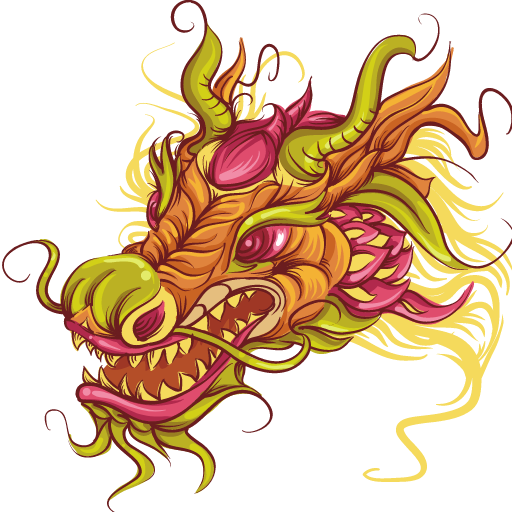Dragons and You
Do you have a compelling memory from a book?
One of mine is listening to my mother read The Hobbit, and hearing Smaug’s first appearance. Smaug is the sort of character you don’t forget. He’s vivid, intriguing, and terrifying. Even though he doesn’t show up in the story until chapter twelve, he dominates the story. When he arrives, he takes your breath away, particularly if you’re a little guy listening to your mom read.
Children’s stories have come a long way since The Hobbit. Dragons are no longer limited to being the elemental forces of evil that Smaug was. Instead, they appear as everything from curious companions to mystical sages. Some stories are even told from their point of view.
Dragons are featured in books, movies, artwork, television shows, and even video games. Why? What is it about dragons that makes them so intriguing? Why aren’t we reading as much about unicorns, gryphons, or giants?
It’s possible that their appeal comes solely from the physical. There’s no denying the cool factor of giant flying lizards. Add in breathing fire or doing magic, and you’ve got quite an impressive creature.
I think our fascination with them comes from something much deeper.
As kids, the world around us is big. Everywhere we look, there are creatures more powerful and more informed than we are. Adults, in particular, can be inscrutable, and the things they do bear all the hallmarks of magic. Remember the first time you rode in an elevator? The doors closed in one place and opened in another. Or how about your first ride up that scary device known as an escalator?
Adults do these things with no sense of wonder, at all. They explain to you how dangerous it is to ride in a car and how important it is to have your seat belt buckled. Then they blithely risk your life just to pick up a bottle of milk.
Trees tower above you, coming from . . . where? Yes, your parents explained about seeds, but does that really make any sense? You have to eat to get bigger. How does a tree get so big when all it eats is sunshine?
And what is a modern phone, if not completely inexplicable?
To them, and to most of us, the modern world is all magic. We don’t understand why things work. We just accept that they do and move on with our lives. It is, in that respect, the worst kind of magic. It’s magic with no sense of wonder.
Enter the dragon. It’s mysterious and magical, sometimes frightening, but always inspiring. Even when portrayed as being evil, dragons generate awe and terror. When they’re friendly, they bring out our sense of wonder, often mixed with gratefulness, compassion, and love.
Do you recognize any of those emotions within yourself?
As inhuman as dragons are, they are also completely familiar. We understand, at our most fundamental level, what it means to feel the emotions they inspire.
When Scholastic published Dragon Run (my first novel), I regularly spoke at elementary and middle schools. “I’m not saying your teachers are dragons,” I would say during a part of the presentation, “but I’m also not saying they aren’t.” It always generated nervous laughter, from both the kids and the adults.
That connection is what makes dragons so effective in literature. We may not see giant lizards flying through the skies of our world, or ever get the chance to fly on the back of one, but we understand what those things would feel like.
There are dragons all around us. We just don’t recognize them.
Don’t believe me? Ask Bradley.

This post was originally written for The Fairview Review, as part of a blog tour.
Want to comment? Hit me up on Threads or Facebook!



